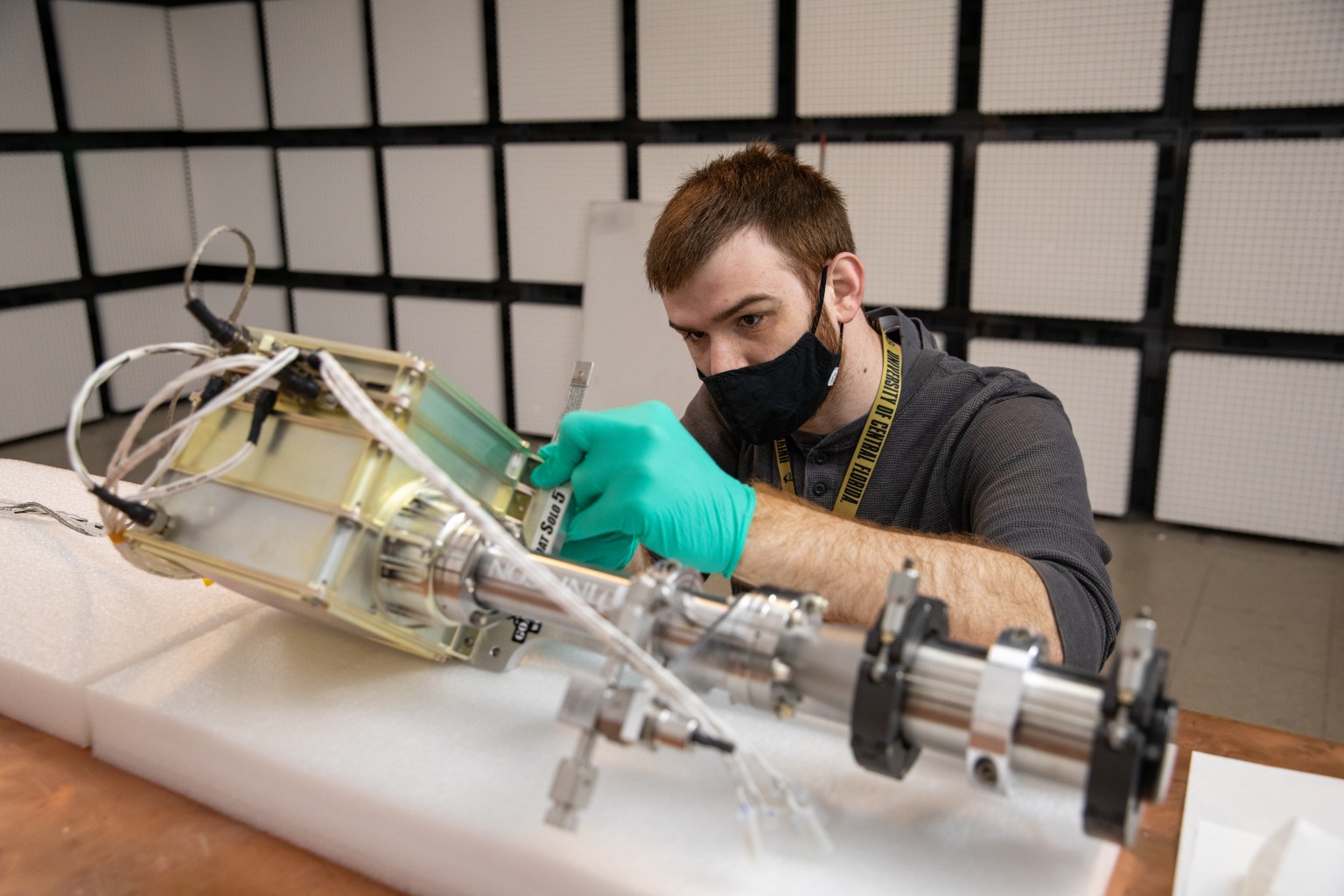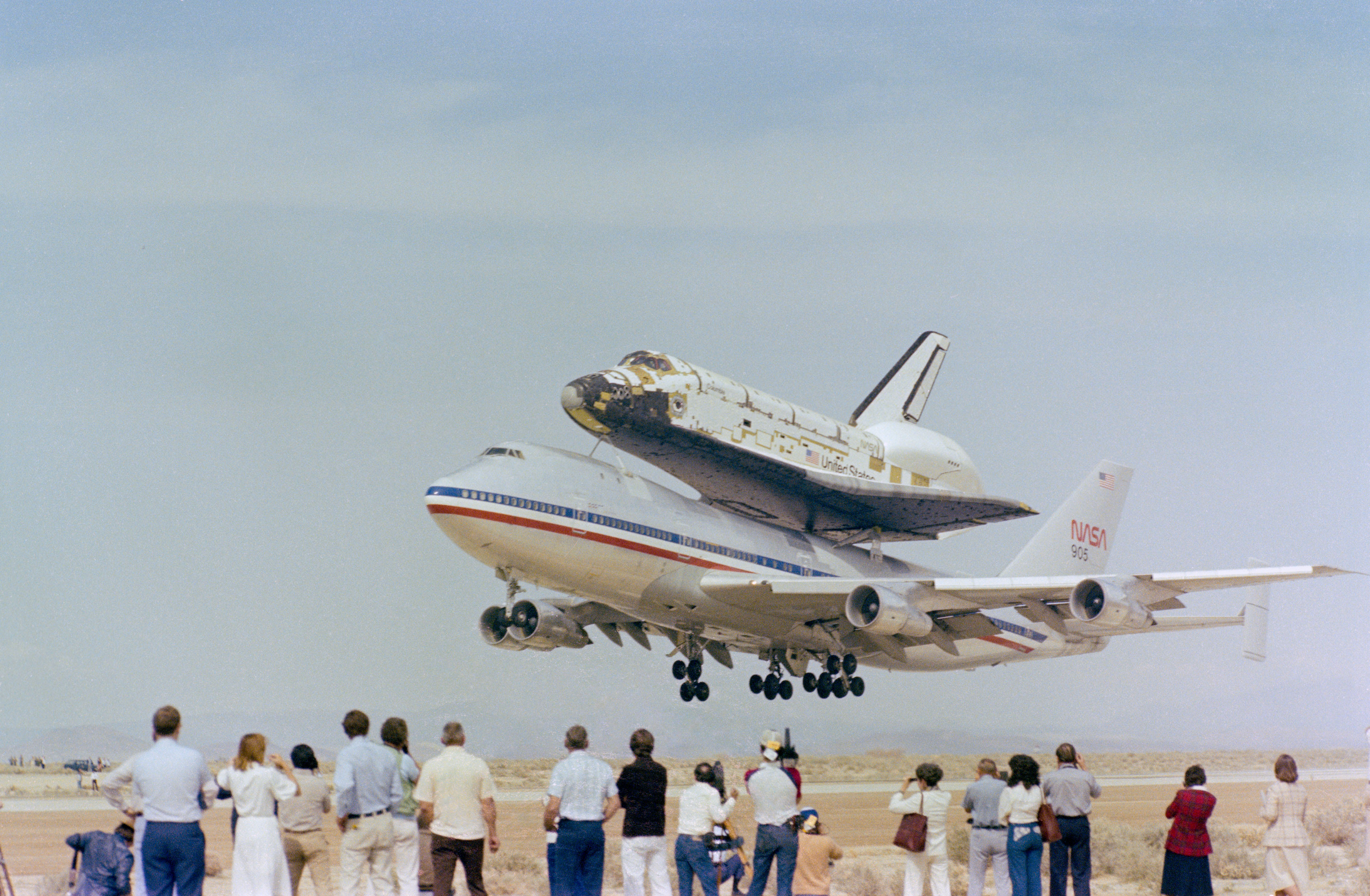Hypersonics Technical Challenges
Technical Challenges (TCs) are finite-duration research and development endeavors supporting the strategic goals of NASA. The Hypersonic Technology project’s Technical Challenges include estimation of uncertainty for hypersonic research problems and vehicle systems, testing controls for switching engines mid-flight, and researching more efficient fuel combustors for large ramjets, which will be needed by future commercial high-speed […]

2 min read
Preparations for Next Moonwalk Simulations Underway (and Underwater)
Technical Challenges (TCs) are finite-duration research and development endeavors supporting the strategic goals of NASA. The Hypersonic Technology project’s Technical Challenges include estimation of uncertainty for hypersonic research problems and vehicle systems, testing controls for switching engines mid-flight, and researching more efficient fuel combustors for large ramjets, which will be needed by future commercial high-speed planes.
Uncertainty Quantification
This Technical Challenge is complete!
TC-1: System-Level Uncertainty Quantification Methodology Development and Validation: NASA developed and validated a system-level uncertainty propagation methodology to guide uncertainty-informed decision making by identifying fundamental research areas that will reduce the system performance uncertainty.
Turbine-Based Combined Cycle
TC-2: Turbine-Based Combined Cycle Mode Transition Technology Development: The Combined Cycle Mode Transition challenge demonstrates autonomous control and establishes performance/operability assessment methodologies for future reusable hypersonic propulsion systems that use turbine engines at slow speeds while transitioning to scramjets for high-speed operations. This challenge addresses the technology barrier of propulsion system mode transition via ground tests.
Improved Combustor Scaling Laws for Hypersonics
TC-3: Development of Improved Combustor Scaling Laws for Dual-Mode Ramjets: To improve current engine performance and enable engine scale up to fully reusable vehicle scales 100 times larger, NASA will develop and deliver mathematical models and associated validation test data with quantified uncertainty that support the design of high-speed combustors inclusive of green fuels. NASA will demonstrate such capability by reducing the length of the state-of-the-art cavity flameholder by 25 percent (10 percent threshold, 25 percent goal cavity length reduction relative to a state-of-the-art baseline.)
Share
Related Terms
What's Your Reaction?



















.jpg?#)








































